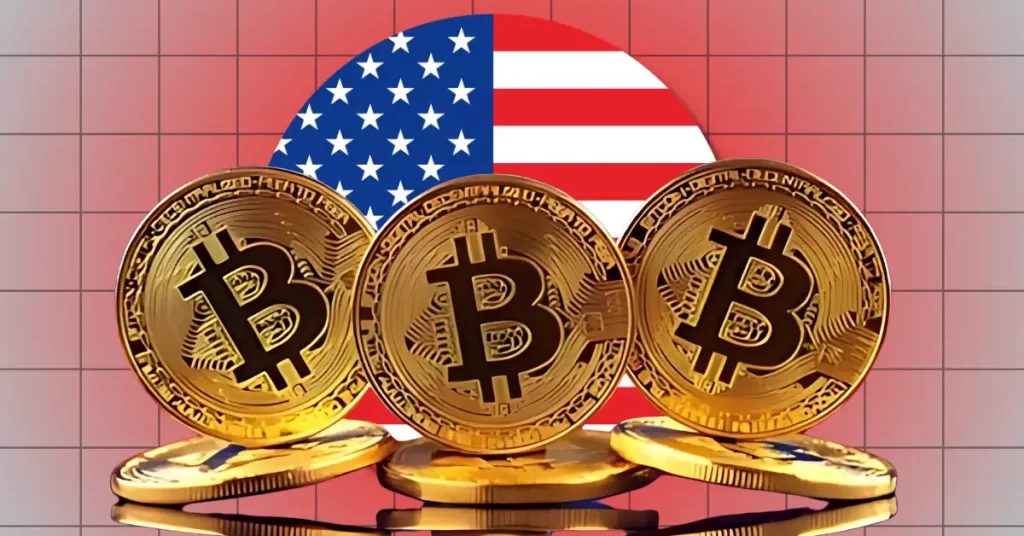Japan Post Bank To Issue Digital Yen In 2026—$1.3 Trillion Deposits Go Blockchain
Japan Post Bank is moving toward a blockchain-based yen currency for depositors, with a launch planned by the end of fiscal year 2026.
Japan Post Bank Taps Into Blockchain For Digital Yen
As reported by Reuters, Japan Post Bank is planning to launch a digital yen in the coming year. Japan Post Bank is a Tokyo-headquartered bank that originally started as a postal savings system back in 1875 and today manages around 190 trillion (nearly $1.3 trillion in US dollars) in deposits.
Historically fully owned by the Japanese government, the institution opened up to private shareholders in 2007, but still counts the Japanese state among its backers.
Now, it seems the bank wants to bring its massive depositor base into the blockchain era. The new currency, known as “DCJPY,” will be developed by DeCurret DCP, a Japanese digital currencies platform, and will be backed 1:1 by fiat yen.
The two companies plan to issue the digital yen by the end of fiscal year 2026. After its launch, the bank’s users will be able to convert their funds into DCJPY and participate in blockchain-based transactions.
While DCJPY will use blockchain technology, it will be different from a stablecoin. Stablecoins are cryptocurrencies pegged to a fiat currency that are typically available for trading on public exchanges and other platforms. Meanwhile, DCJPY will be a deposit-based token available within the financial system of Japan Post Bank.
The bank isn’t the first financial institution in the country to launch a blockchain product like this. Last year, GMO Aozora Net Bank also started a similar digital yen offering.
Speaking of stablecoins, these cryptocurrencies have been witnessing a legislative push in Asia lately, with Hong Kong releasing its stablecoin bill at the start of August and South Korea expected to launch its framework in October.
Japan introduced its stablecoin legislation back in 2022. So far, no yen-backed stablecoins have been approved, but according to a report, one could gain the green light from regulators as soon as October.
The fiat-tied digital assets have recently been observing some notable growth and exploring new all-time highs (ATHs), according to data from MacroMicro.

From the chart, it’s visible that the stablecoin market cap saw a slump in 2022-23, but 2024 brought a reversal as growth returned in the space. The end of the year then witnessed acceleration in the metric, which has continued into 2025.
Today, the combined stablecoin market cap sits at about $282.6 billion, a fresh record.
Bitcoin Price
At the time of writing, Bitcoin is trading around $109,500, unchanged from one week ago.
También te puede interesar

Last Quiet Week for Crypto? Congress Set to Tackle Market Structure, Stablecoins, and Tokenization

Trump-Backed WLFI Token Hits All-Time Low, Sinks Under $0.18: What to Know?
